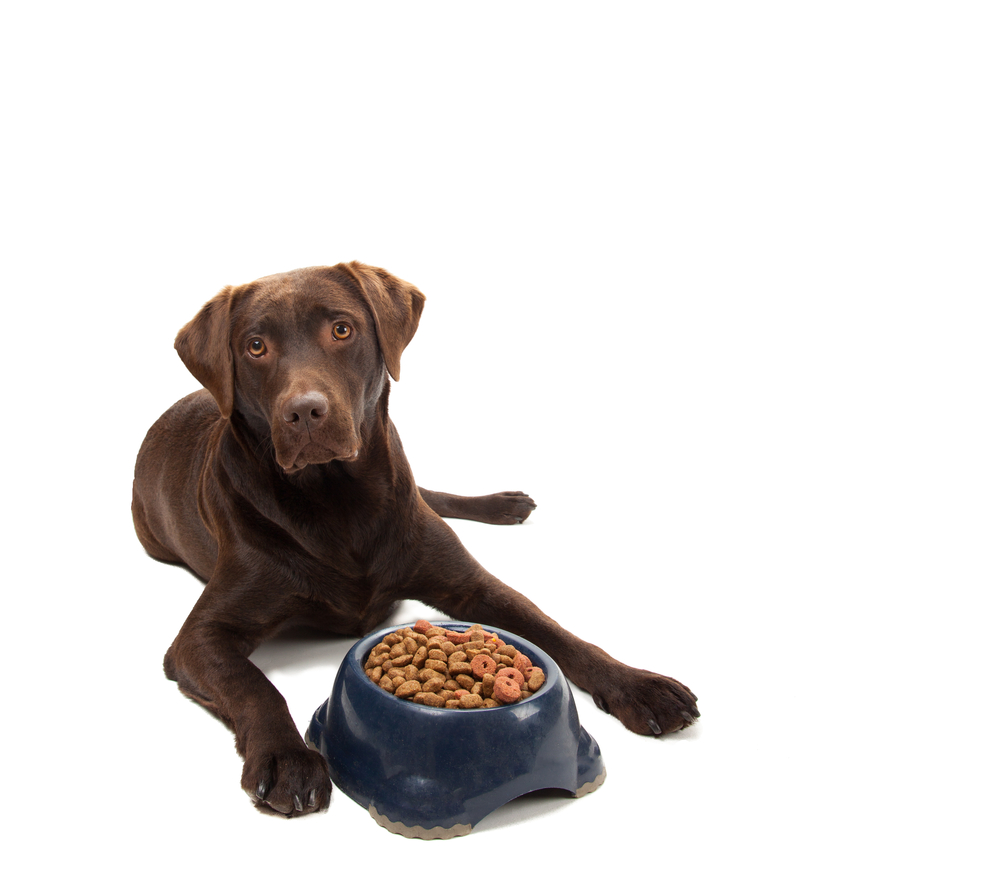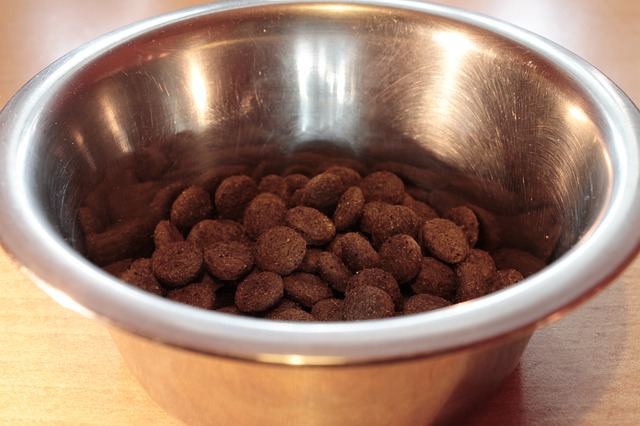Most people don’t take any chances when it comes to disinfecting to avoid sickness and germs. Just the idea of touching a subway pole or using a public restroom has us reaching for the hand sanitizer. But what about our pets? Fluffy and Fido are susceptible to bacteria and viruses, just like humans.

Canine parvovirus, also known as parvo, is one major threat to dogs. The highly-contagious disease spreads rapidly from dog to dog in confined spaces, such as shelters, and is one of the most common causes of severe diarrhea in dogs under the age of six months.
Animals in shelters are not the only ones at risk, however. The surprising facts are:
The National Sanitation Foundation (NSF) found pet bowls to be the fourth most germ-filled place in the home.
67% of pet bowls still have Salmonella bacteria even after dishwasher cleaning, because dishwashers don’t get hot enough to kill that and several other types of bacteria.
“Both food and water bowls for dogs and cats can harbor a variety of germs and bacteria such as Salmonella and E. coli, which is why it’s so important to disinfect them regularly,” Dr. Jessica Vogelsang, renowned veterinarian and author told iHeartDogs. “These bacteria can cause illness in both pets and people. The young, elderly, and the immunocompromised are especially at risk from these pathogenic bacteria.”

So what can you do to protect your pets and family from these germs? Dr. Vogelsang has teamed up with Clorox Bleach to answer all your questions about keeping your furry friends healthy and safe.
What other germs does the dishwasher not kill? How about hand-washing bowls with regular dish soap like Dawn?
JV: Washing pet bowls by hand can leave some germs behind. To sanitize high heat is required or you can disinfect with an EPA-registered disinfectant like Clorox® Bleach. Water hot enough to sanitize would burn your hands, so when we hand wash dishes at lower temperatures than a dishwasher, this can leave behind germs like Salmonella and E. coli. (Theatlantic.com) Even then, it’s possible that even dishwashers can leave behind bacteria. (Kinninc.com)
How often should we be cleaning their bowls?
JV: Pet bowls should be cleaned with soapy water daily, and disinfected at least once a week with a bleach solution. Add ½ cup of Clorox Regular Bleach to a gallon of water and let the bowls soak for 10 minutes before rinsing thoroughly and letting them air dry. Soaking the bowls in the solution for 10 minutes will kill parvo, which is a leading cause of severe illness and death in dogs under six months old (although it’s worth noting that dogs older than six months of age are not immune!).
Is this an argument to not feed a dog a raw diet? Is kibble safer?
JV: The heat used in kibble production greatly reduces and hopefully eliminates the high levels of bacteria found in raw foods. Raw diets have been found to be contaminated with a variety of bacteria such as Salmonella, E. coli, Listeria, Campylobacter, and Clostridium. These pose a risk not only to pets but to the people in the household, and is one of the main reasons many veterinarians are hesitant to recommend raw diets. People who feed raw must be extremely vigilant in their preparation and handling. That being said, even people who feed commercial kibble have occasionally been exposed to Salmonella, so good hygiene practice is important for everyone.
What material is safest for food and water bowl in terms of germs? Why?
JV: Hard, non-porous materials can be disinfected easily with a Clorox® Regular Bleach solution, so I recommend stainless steel. Ceramic is also OK if there are no cracks. Plastic bowls tend to develop microscopic scratches which can harbor bacteria and are harder to disinfect, so I avoid those.

Many people don’t like to use bleach, are there alternatives that kill these germs?
JV: I always rely on bleach to disinfect my pet bowls and toys because, as mentioned above, hand-washing with soap can leave germs behind. When used as directed, it’s safe, cost-effective, and most importantly- it works.
What about dish placemats – those probably have germs as well. What’s the best material for them to be made of and how often they should be cleaned? Is it the same cleaning process for them too?
JV: Like food bowls, placemats made with harder materials, like plastic, can be disinfected with a bleach solution and pet owners should do so regularly. Placemats that are made with soft fabrics can be washed in a washing machine, so check to ensure those types of placemats are machine-washable before you purchase them.

Dr. Vogelsang also noted that pet toys are a hot bed for germ and bacteria as well – so don’t forget to clean them regularly too! The NSF found coliform bacteria (including Staph bacteria), yeast and mold on animal toys in many homes.
“Germs can survive in the environment for a long time,” she added. “This is especially true in spaces where pets are constantly coming in and out. Before dropping your beloved pet at the vet or a kennel, don’t be afraid to ask what measures they are taking to prevent the spread of germs.”
